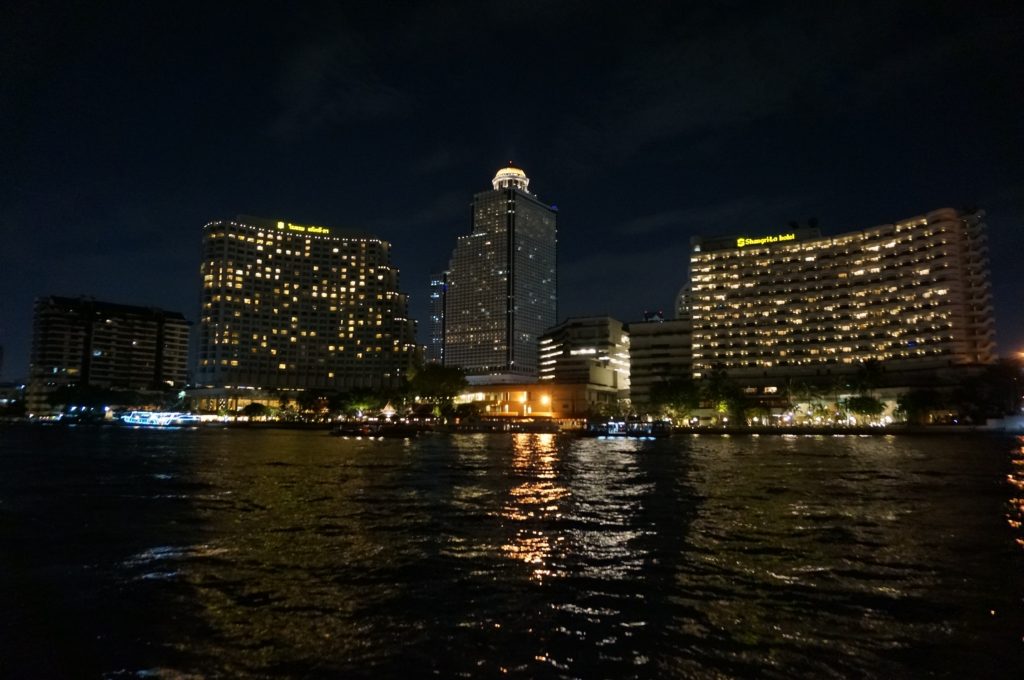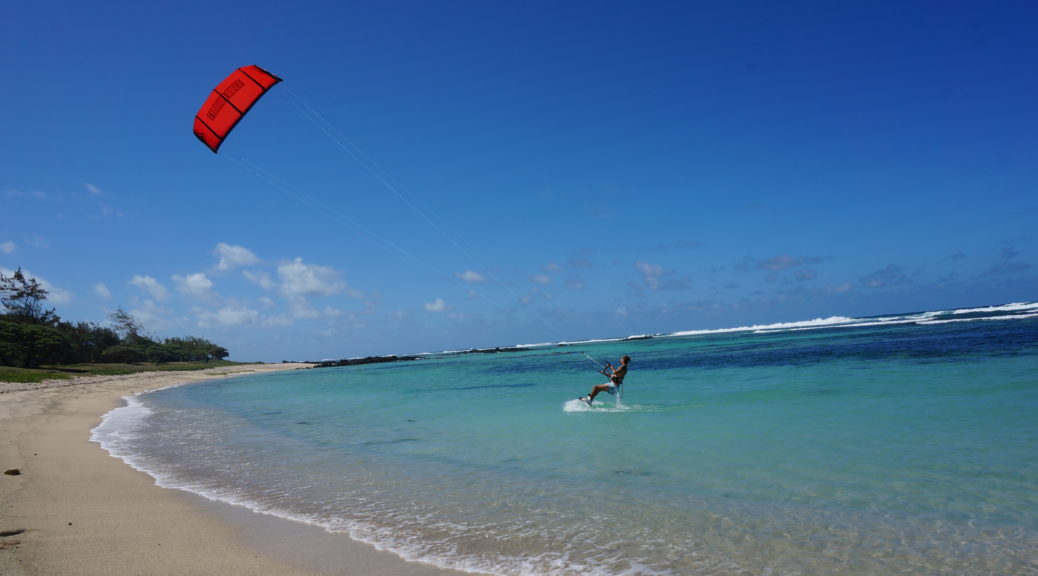I don’t blame you. It’s a glorious way to live. But there’s something important you should know before you get started.
Once you’ve set your long term goal of being a business-owning, globe-trotting, Bintang-sipping nomad, you’ll need to focus on a short-term task. I’ll suggest one, because I’m a helpful sort of guy:
Validate your business idea as soon as possible.
Your idea, however mind-blowingly brilliant it may seem in your head, isn’t worth a thimble of Veuve Cliquot bubbles until you get someone to pay for it. Ideas have a way of taking a beating once real people get their hands on them. Potential customers can interact with a budding startup in unpredictable ways, give befuddling feedback, or worst of all, show zero interest. You need to get your idea out in the wild and in front of human beings as quickly as possible.
Check Out – How To: Business Ideas for Digital Nomads
It’s not enough to have your Facebook friends or IG followers say, “Sure, I’ll buy that when you launch it.” To validate your idea, you must actually have customers. They must pay.
If no one pays for your product or service, you don’t have a business. You aren’t making something people want. In the words of the immortal Florence Nightingale, you have zilch.

The Killer
You want to get your product or service in front of potential customers as soon as possible. Great. How do we do that?
With a single word. SIMPLIFY.
I love simplicity. Everyone who knows me is aware that I’m a huge fan of keeping things simple: my code, my calendar, feeding the dog, holiday shopping, you name it.
[Let’s pause for a moment here while my wife, who puts up with my daily insistence on simplicity, silently shakes her head. She’s an angel, that woman.]
I’m biased, but I’m not wrong. Complexity will kill your startup before it even gets off the ground. Complex products and services are difficult to market, sell, and execute, but that’s not the only problem. The more complex your startup is, the more hoops you have to jump through to validate your idea.
It’s like designing a kite for the very first time. Who’s more likely to succeed: the guy who puts together a huge, multi-paneled, many-sided monster, then crosses his fingers and hopes that it will soar? Or the woman who starts with a tiny little thing that will at least fly, then iterates until she has something awesome up in the air?
You want to start with the Tiny Kite. Strip your idea to the barest functioning pieces and shove it in front of potential customers. Do it even if you think you have embarrassingly little to sell them. Do it even if you think it’s not ready.
[Note: Many of you probably know of the Tiny Kite under the name Minimum Viable Product, or MVP. They are essentially the same, but I think the image of the Tiny Kite is more illustrative. And fun. Either is fine.]
Because your business does not truly start to move forward until you start talking to your customers.

How Do I Strip Down My Idea?
I frequently talk with up-and-coming entrepreneurs about their startups, and I recently had a conversation with a fellow – we’ll call him Janusz – who is trying to get his business off of the ground.
Janusz’s idea is to sail around the Caribbean for two months and sell tickets to travelers who wanted to experience the “real Caribbean”: to eat at the tiny holes-in-the-wall where few travelers go, to interact with locals in a meaningful way, to experience the things that are impossible to experience from a hotel or cruise ship.
Check Out – Finding Balance in Sevilla: Hot as F**k but Worth it
He wanted to allow his clients to tailor their trip to their needs by:
- Specifying the number of days they wanted to travel (anywhere from one to sixty days – if they wanted to just sleep on the boat for a single night, groovy)
- Suggesting stops to add to the itinerary (one client might want to stop at Petit St. Vincent on the way through the Grenadines; another might want to hit Barbuda)
Janusz’s website included maps, a suggested itinerary, and tons of information about how prospective travelers could build their own trip.
The result was a logistical and marketing nightmare. Janusz had to be able to plan for travelers hopping on and off, deal with a multitude of ticket options, and somehow take into consideration clients’ itinerary requests.
To top it off, he had a limited window in which to sell tickets. The trip was planned for the following summer, and if he hadn’t sold enough tickets within a few months of the departure date, he would have to pull the plug and regroup.
He also needed more work on his website, which wasn’t adequately explaining the complex service he was trying to sell.
Because the idea was so complex, there were several difficult questions that he had to answer in order to start talking to customers:
- How do we calculate the minimum number of “nights” to sell in order to greenlight the first voyage?
- How can we structure all of the information on the website to make it easy for potential customers to understand and purchase?
- How in the holy hell we market all of these options? How do we measure the effectiveness of our marketing with so many options?
- How do we manage requests for different “additions” to the itinerary?
Janusz’ vision was exciting and unique. The problem, however, is that it’s difficult for even a seasoned entrepreneur to build something so complex and launch it successfully right away. That’s not to say you shouldn’t shoot for the stars, just that you should plan on taking baby steps to get there.
Elon Musk’s stated goal for SpaceX is to create a self-sustaining colony of 1 million people on Mars. But even Musk knows he can’t put a million people on a rocket and fire away. So he sketched out a path that will get him there, and guess where he started? With a Tiny Kite.
The first baby step for SpaceX was to get businesses and governments around the world to pay for cargo aboard what amounted to a low-cost, high-tech delivery truck: a rocket. That’s a far cry from building a city on Mars, but it’s working. As of July 2017 SpaceX’s valuation was at a staggering $21B and rising.

Time to Strip
Let’s take Janusz’s concept and pare it down to something we can test right away. If we toss out the ability to both suggest stops and to specify varying lengths of stay what we’re left with is a “local” tour of the Caribbean on a sailboat. Not as inspiring and grand as the original vision, perhaps, but it’s something we can test quickly.
To do so we’ll need to create an itinerary, choose a trip length, pick some dates, and then estimate costs so we can come up with a price.
The variable that has the biggest impact on the others is trip length, so we’ll start there. A short trip (e.g. a week) is easier for people to schedule and afford, while a longer trip (e.g. a month or two) stands out because it’s unique. For the purposes of testing let’s choose a month.
Check Out – Queen of the Coast: Positano
Janusz knows the Caribbean well, but he’s spent the most time in the Windward Islands. So we choose a one-month sojourn through the islands of Dominca, Martinique, St. Lucia, St. Vincent, and Grenada.
If we’re planning far enough in advance we can more or less pick dates out of a hat, so let’s assume we’re going to sell this trip for July 1 – July 31.
Finally, we estimate the costs, which is pretty simple to do but takes some work.
[Note: these cost estimates are rough for the purposes of this post. Actual testing will require a bit more research to get more accurate estimates.]
Costs include boat rental, hull insurance, provisioning (i.e. on-board food and beverages), Customs & Immigration fees, moorings and marina fees, park admission, fuel, ground transportation, and excursion fees. Janusz is an experienced skipper so there’s no need to hire a captain.
A 50-foot sailboat with beds for 10 passengers for a month plus all other expenses will cost around $23,000, or $2,300 per passenger. $4995 for a month of travel around the Caribbean doesn’t seem like too much to ask, so we establish that as our test ticket price. Now we have a completed Tiny Kite that is relatively easy to market.
Once Janusz launches this idea – first by trying to convince close friends and relatives to buy a ticket, then by asking them if they know of 2-3 people he could ask – he’ll quickly start to get some feedback. Are people buying? If not, why?
Janusz can then use this feedback to modify his offering and launch again and again until he starts selling. Remember, he only has 10 tickets to sell, and he really only needs to sell $23,000/$4,995 = ~5 tickets in order to break even. If he sells 6 tickets he makes $5K for the month, which isn’t bad for a first effort.
He can also reduce the risk by finding a smaller boat, dropping his costs, and reducing the number of tickets he has to sell even further.
You’ll also note that there’s no mention of a web site. That’s because at this early stage, there’s no need for one. He should launch the product and, if it appears that potential customers need more encouragement in the way of a website, then he can revamp it and direct them to it. Many startup founders think they need a website from the get-go, but in many cases a website becomes just another hurdle in the way of getting to validation. If you don’t need it, don’t build it. Build it when you have feedback from your potential customers that you should.

Moving On
Once Janusz gets a trip or two under his belt, he can start testing different features to see if they add value to his product. If they do, great, if they don’t, he’ll toss them out and try something else. This way he can work towards his vision, but he should understand that if he intends to build something people want, his vision will probably have to change along the way.
So do you have an idea? If so, when can you launch it?
If you didn’t say “in the next 5 days”, strip it down and get it out there. Start talking to your potential customers and get some feedback.
It’s ok to want to build something grand and beautiful, but start with a Tiny Kite first. That’s the surest way to get something in the air.

